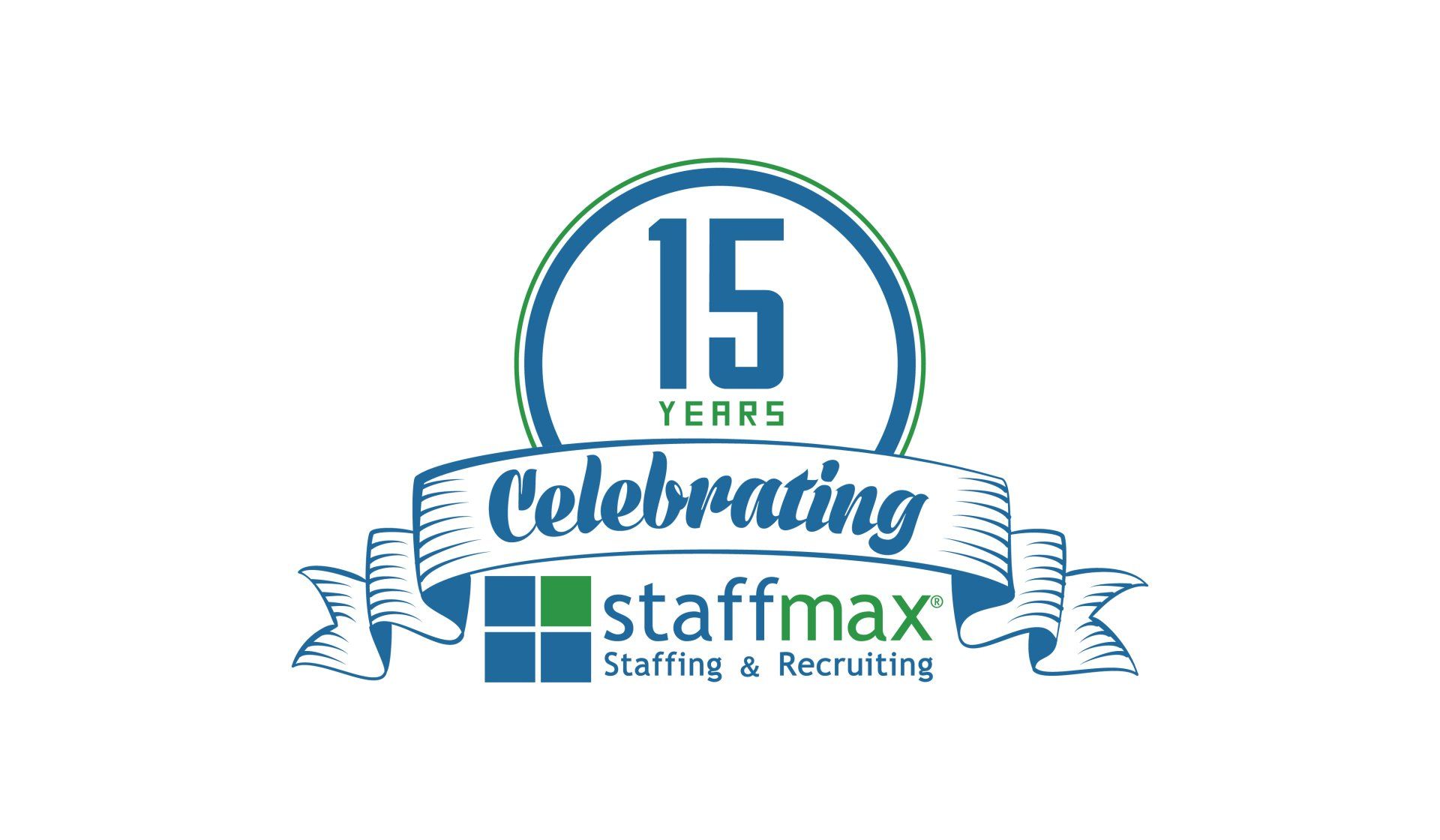Hiring Trends You'll Continue To See In 2021
By James Haley via Recruiting Brief
Published January 18, 2021

The return to normalcy looms large in our hopes for 2021—but it’s not here yet. Many of the new, adapted hiring trends we saw in 2020 will stretch into the new year. It's likely the economic impact of the pandemic may have lasting effects for years to come, and the hiring landscape will continue to be largely shaped by its lingering demands and by strained budgets. There will be greater competition among candidates, given the high unemployment rate, and companies will continue to feel the bumps on the road to recovery. Hiring trends in the era of economic recovery may look a lot like the hiring trends we saw when the economy cratered in 2020. Let's take a look at a few.
Remote Work Means An Increase In Remote Hiring
You may love it or you may hate it (and you may be suffering from Zoom fatigue), but remote work is here to stay. As we dive into 2021, many organizations will choose to keep staff pared down in the physical office space until we cross a threshold with vaccinations. For those who love the freedom of working remotely, the need to work from home may soon become the perk of working at home—even long after social distancing is no longer a necessity. In fact, we may see more remote hiring and fully remote positions crop up.
Companies know how to work remotely now and can open up their field of candidates by hiring for remote positions, as the perfect candidate can live halfway across the world. This means that in addition to relying on tech to keep employees connected to their work, companies will also rely on tech to source candidates, deploy job ads, and score greater volumes of candidate resumes in their hiring. When there are lots of jobseekers during times of high unemployment, there will be more candidates. When your hiring is not limited by geographical locations, there will be more candidates—and the demand for tech to assist remote work and remote hiring will continue.
Remote Hiring Means Lengthier Hiring Timelines
The other aspect of remote hiring is that it can simply take longer. The remote interview process is different from in-person interviews and can require more interview rounds to find the right candidate or to get to know a candidate better through a computer screen. But don't fear: There are tech options that can help interviewers, like video screening software that can offer evaluative insights into candidates. There are also virtual tools, like personality assessments, that may become more commonplace to help talent acquisition make hiring decisions when the normal process has been disrupted.
Expect Layoffs And Hiring Freezes To Drop Off Slowly
The political winds are shifting with a new government taking hold early this year. Legislation centered on stimulus may help staunch the economic wounds of the pandemic, but there will continue to be layoffs, hiring freezes, and companies going out of business. Hospitality, leisure, and entertainment industries will still face ongoing capacity restrictions until later in the year. But we can expect the employment outlook in these areas to be high in the third and fourth quarters of the year as a greater percentage of the population gets vaccinated and we inch closer toward the idea of normalcy.
A Generation Of Jobseekers Is Essentially Delayed
The generational makeup of jobseekers going forward will be shaped by two factors. First, a greater percentage older workers in 2020 was essentially forced into early retirement— navigating the new normal of remote work may have boosted some workers in the Boomer generation into an earlier than planned exit from the workforce. On the other end of the spectrum, many Gen Z graduates just out of college in 2020 may not have entered the workforce yet due to lack of available jobs. Now enter 2021 grads. The first half of this year, there will be a backlog of new entrants into the workforce, which may result in more college graduates accepting work they are overqualified to do or putting off entrance into the workforce by attending graduate school. Asses your staffing and plan accordingly for when vaccinations are administered and job seekers are back and ready to come to work.













